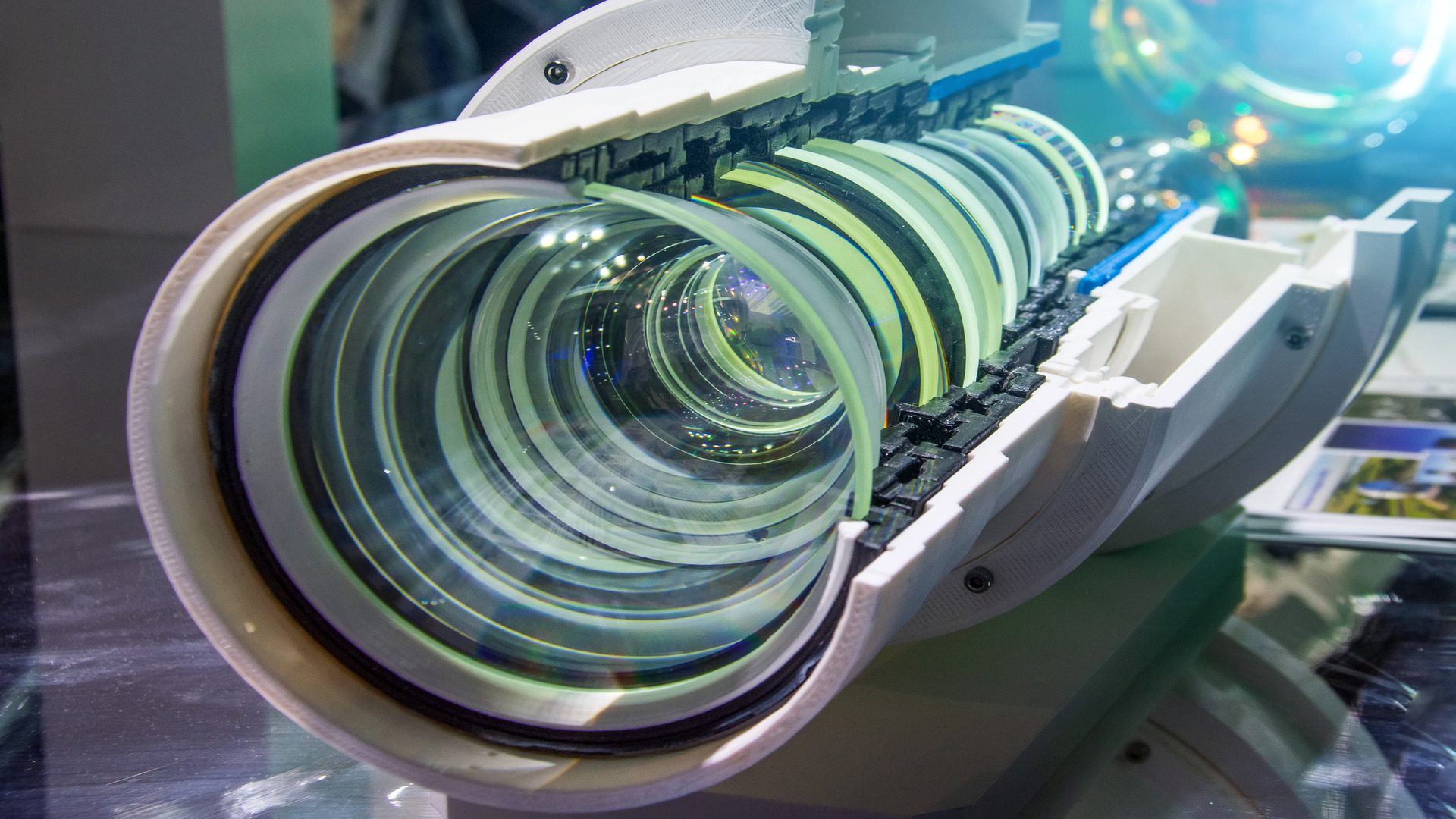
Scientists in Germany have introduced an innovative method that enhances the control of atomic reflections in quantum sensors. This groundbreaking technique leverages precisely tailored light pulses as atomic mirrors, significantly reducing noise and improving the accuracy of quantum measurements.
Understanding the distinction between traditional sensors and quantum sensors is crucial. Conventional sensors function based on classical physics to gauge parameters like temperature, pressure, and motion. However, their accuracy can be compromised by factors such as thermal noise, material imperfections, and surrounding environmental influences.
In contrast, quantum sensors harness the principles of quantum mechanics—where atoms can exhibit wave-like characteristics or exist in multiple states simultaneously—to detect even the slightest variations in physical properties with remarkable precision.
For instance, an atomic clock (a type of quantum sensor) far surpasses the accuracy of a quartz watch (a conventional sensor) because it measures time based on atomic energy transitions instead of mechanical vibrations.
Mastering the Control of Atoms
In their research, the German team revealed a method poised to advance the capabilities of future quantum sensors beyond what is currently achievable. They emphasize that, “This technique is particularly vital for the next generation of quantum sensors.”
Quantum sensors utilize the wave properties of atoms to measure the acceleration and rotation of various objects, including spacecraft, submarines, and even the surface of the Earth, with exceptional precision.
To function effectively, these sensors depend on meticulously crafted mirrors and beam splitters that regulate atomic motion. However, certain scenarios may lead to unexpected atom reflections due to imperfections in the optical design or stray light interference.
Such unintended atomic reflections pose challenges by disrupting the measurements of quantum sensors, thus diminishing their accuracy. The researchers addressed this issue by employing light pulses as rapid atomic mirrors.
Harnessing Light Pulses as Atomic Mirrors
When an atom interacts with a precisely calibrated light pulse, the process can be orchestrated to either reflect or transmit the atom, similar to how an optical mirror reflects specific light wavelengths while allowing others to pass through.
These light pulses are specifically tuned to engage with atoms traveling at designated velocities. Atoms matching the optimal speed and direction are coherently reflected, ensuring predictable bounces, while those moving at incorrect velocities pass through with minimal interaction. “This methodology effectively decreases signal noise, enhancing measurement precision,” comment the study’s authors.
Moreover, this technique is adaptable to existing experimental frameworks that utilize higher-order Bragg diffraction, making integration into current quantum sensors straightforward without the need for extensive modifications.
The researchers are optimistic that their innovation will not only lead to enhanced quantum sensors but also pave the way for new precision measurement technologies.
The findings have been published in the journal Physical Review Research.









